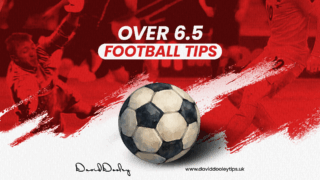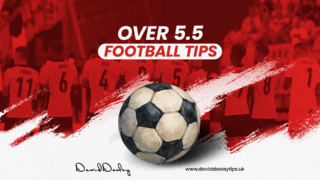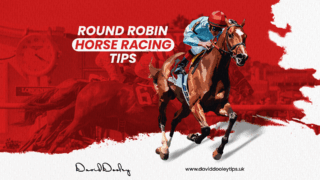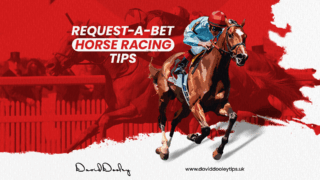Speed matters in racing. But raw time alone doesn’t tell the full story. I use top speed figures as part of my form analysis, not the full picture. When you understand how and where speed was recorded, it can point you towards proper value.
David Dooley doesn’t back a horse just because it clocked a fast time last time out. I dig deeper. Was it flattered by the pace? Did it set the fractions or follow them? Was the ground riding quicker than listed? That’s where the real clues sit.
Contents
How I Use Top Speed Ratings
I look at top speed alongside official ratings and recent form. If a horse’s top speed number exceeds its OR by a clear margin, I want to know why. If it matches or improves on previous figures in similar conditions, it gets my attention.
I also use speed to filter shortlists. If two horses are closely matched on form but one has been consistently quicker in similar company, it helps separate them. I don’t over-rely on it, but I respect what it shows.
Spotting When Speed Figures Mislead
Not all fast times are equal. A horse can run a big number from the front in a falsely run race or get towed into a hot pace and post inflated figures. I watch replays to confirm the numbers with my eyes.
If the sectionals suggest a horse was flat out early and fading late, I’ll be cautious. But if it was strong at the finish and still hit a top mark, that’s a serious angle. Speed needs context to become a weapon.
Ground, Distance and Top Speed Angles
Top speed figures mean more when the ground is consistent. I trust numbers from good to firm far more than heavy going, where times become messy and positioning is everything. The truer the surface, the more reliable the speed.
Distance plays a part too. A top speed over five furlongs tells me different things than one over a mile and a half. I match it to the trip. If a horse has posted a strong number over further but drops in distance, it might carry an edge.
FAQs About Top Speed Horse Racing Tips
What is a top speed rating in horse racing?
Top speed ratings measure how quickly a horse ran relative to standard times, factoring in going and weight. They’re used to assess performance against the clock.
How do you use top speed in betting?
I compare speed ratings with official ratings and recent form. If the numbers back up what I see on tape, it helps build confidence in the selection.
Are speed ratings more useful in flat or jumps racing?
They tend to be more reliable on the flat, especially over shorter trips where pace and ground are more consistent across races.
Should I only back horses with high top speed figures?
Not on their own. High speed figures are a pointer, not a guarantee. They work best when confirmed by form, fitness and race setup.
Can speed ratings highlight hidden value?
Yes. Horses that post fast figures in defeat or in lesser races can be overlooked in the market. Spotting those numbers early is where the value sits.
Final Thoughts
Top speed figures aren’t magic, but in the right hands, they’re powerful. I’ve used them to back horses the market ignored just because they didn’t win last time out.
David Dooley reads speed with purpose. I check the conditions, confirm the effort on video, and only trust the numbers when the race backs them up.
You don’t need to be a mathematician to make top speed work. You just need to know what matters and where the traps are. Use it wisely and it’ll sharpen your edge.






